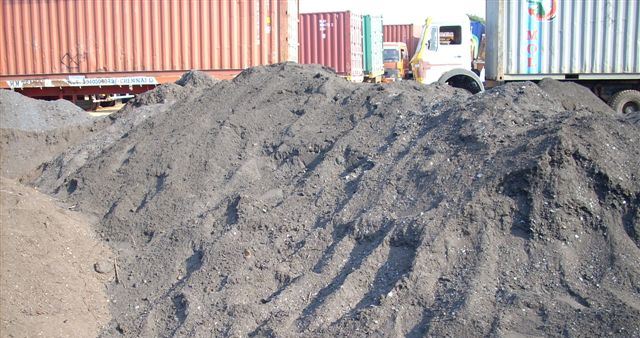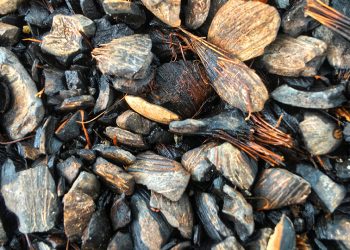The Skuld P&I Club provides advice on the safe carriage of mill scale and mill scale fines which are brittle flakes consisting mainly of iron oxides, derived as by-products from steel manufacturing. The product can be reused as a feedstock in steel production and is therefore collected from various sources and shipped as a bulk commodity once sufficient quantities have been piled up.
As mill scale is a quite uncommon cargo, knowledge of its qualities is scarce. However, for practical purposes, the cargo can be compared with iron ore fines. It possesses a Transportable Moisture Limit (TML) and is liable to liquefy and/or form a wet base unless appropriate measures are taken. The IMSBC Code Appendix 3 indicates that any fine-grained, damp granular bulk cargo should be tested for flow characteristics, prior to loading. As mill scale is usually collected in outdoors stockpiles and thereby exposed to rainfall, this criterion will often be met.
Recommendations
- Ensure that the cargo has been certified by the competent authority of the loading country
- Consult the flag state and country of unloading for special requirements or advices before shipment
- Due to the cargo’s propensity to form a wet base, take care to trim the cargo as flat as possible. This will prevent dry cargo from sliding on a wet base.
The advice to trim the cargo applies even if the MC is below the TML ! - Pump the bilges frequently to reduce the likelihood of a wet base forming. As mill scale may contain oil residues, the bilge water should only be discharged in accordance with local regulations and/or collected on board
In addition, the Club advises operators to read the Bulk mineral cargo liquefaction pocket guide
Source: The Skuld P&I Club































































